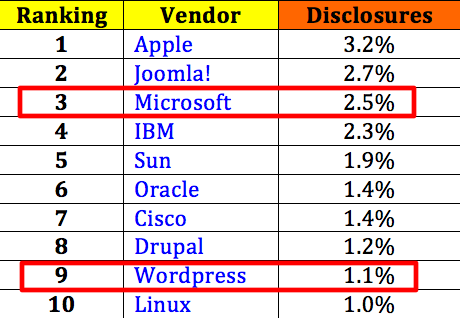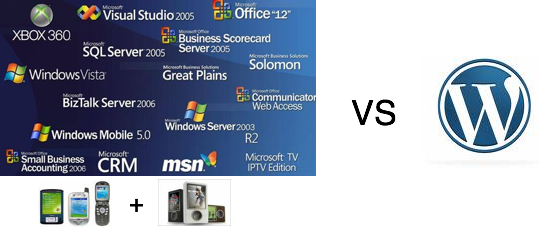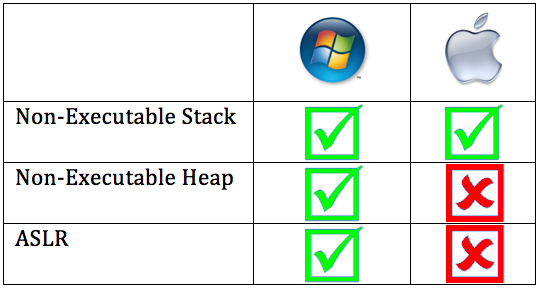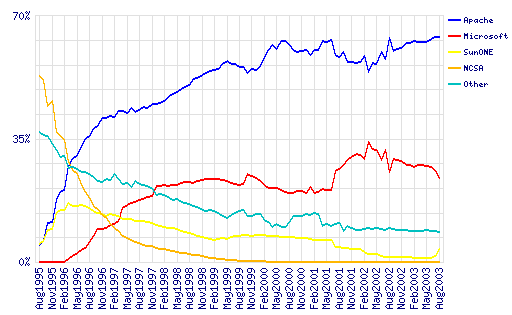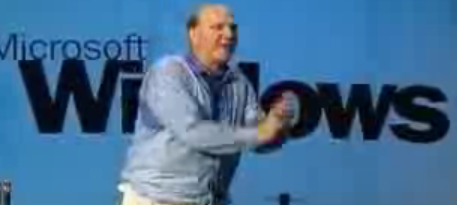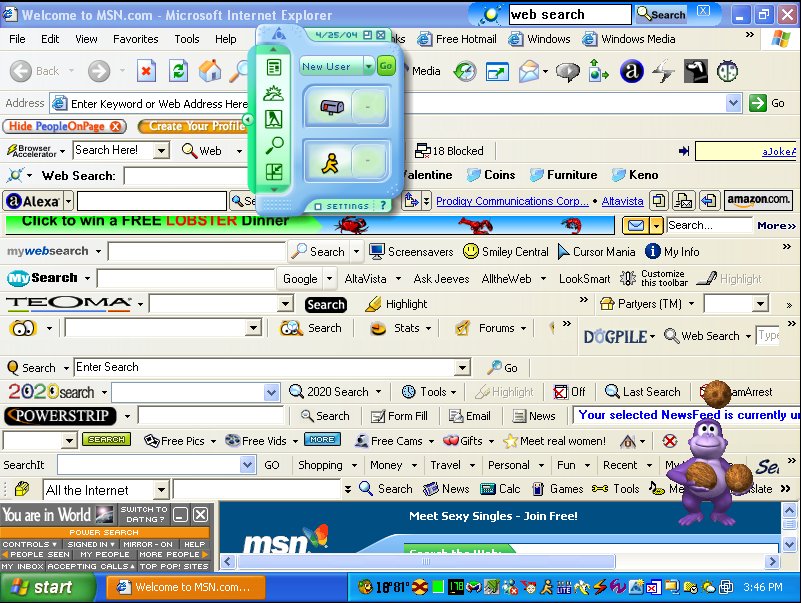I really enjoy listening to Mac Break Weekly.. Leo Laporte is an excellent host and i would tune in just to hear [Andy Ihnatko’s] take on the industry and the (possible) motivations behind certain players moves. (he is sometimes wrong, but always worth listening to). The only time the things ever get a little cringe-worthy is when talk switches to malware and security (although both Andy and Leo for the most part have pretty reasonable balanced views on it).
Disclosure: I am a mac user, and love the hardware.. the fan-boy’ism that surrounds it, not so much..
Most security savvy mac users, dont push Invulnerable-Mac argument too much.. But it does lead to the follow-up “Once Mac gets more market share, we will hit the malware tipping point”.. I dont think that this is how it will go down.. Here’s my $0.002c on it.
One of the talks we gave at the recent ITWeb Security Summit was titled “One bad Apple”.. The aim of the talk was to examine the truth/lies/fud behind the security claims on both the fan-boy and hater end of the spectrum.. I dont want to cover the whole talk here, but do want to touch on just a few of the current annoying red-herrings that normally pop up in this discussion:
Vulnerability counts as a useful Metric
This argument has been had by [many people] far brighter than me, so i wont rehash it here. I think its safe to say that since there isnt really a standard on what gets reported, very few vuln count reports end up comparing apples with apples. What i did pick on during the talk, was that some people dont even bother trying to dress up the stats in a cloak of reasonableness. The table below was taken from ByteSize magazine showing that Apple indeed had more Vulnerability Disclosures than Microsoft:
Vendors with the Most Vulnerability Disclosures (ByteSize – 3rd Ed. 2009)
Instead of muddying the water by asking what a 3.2% disclosure means, or by comparing Apple with Microsoft you have to ask yourself if the table is really comparing Microsoft, with its software, hardware, * against WordPress with its 60 000 lines of PHP code?
My suggestion there is that if we going to use tables and charts, we should at least stick to the reasonable ones:
Malware defense
Of course the next topic that refuses to die is how mac architecture pixie-dust prevents it from getting worms and viruses.. A quick check should clarify this.. The ILOVEYOU virus which took windows computers all over the world (and according to Wikipedia cost about $5.5 billion in damage) was a snippet of VBS that read your address book, and mailed itself to your contacts (where it did the same). You can hack this up in Automator in seconds.. Same functionality completely..
Memory Corruption Attacks
In recent times, Microsoft has made huge leaps in terms of generic memory corruption protection mechanisms to minimize the effect of buffer overflow/mem corruption attacks. While Apple claimed to do the same with Leopard, they still trail Microsoft in this regard. The 3 points we covered:
- Non-executable Stack.
- Non-executable Heap.
- Address Space Layout Randomization.
(We cover these in more detail in an upcoming [conference in July] – but again, its fairly well understood that OSX in its current form is only randomizing libraries, and that to get the benefit of ASLR, you need to be randomizing everything)
So if we are saying that Apple is just as vulnerable to ILOVEYOU and even more vulnerable today than Windows from a nimda or a code-red, then what explains the fact that we dont see Macs getting owned on the same level as Windows?
The almost global answer is “Market share!”. The belief that once more people are running macs, the big bad malware writers will start aiming at them.
If you look at the [netcraft web server survey] (2003) you should notice that at the time that nimda and code-red were running around the Internet, IIS didnt have the lions share of the webserver market either. Their lower market share didnt keep them safe then, why does it keep mac users safer now ?
The real market share difference
One of my guesses here is that we are looking at the wrong data for market share. What Microsoft does have over Apple, is a bigger market share of [developers..]
Microsoft went out of their way to make sure that anyone and their dog could write code for their platform, that any idiot in the world could write an app for them, and many did. I suspect that if you consider that any group will have a proportion of people with evil intentions, then in part what we seeing is just the percentage of the bigger pool.
Different user profiles
The other thing (although it sounds strange) is the question of user culture which is different. My wifes macbook air has very little software that didnt come with the machine. Apples “batteries included” policy means that her machine remains pretty clean.. Her mothers windows machine is a different story
Which means what?
Today, pound for pound, OS X Leopard is indeed more vulnerable than a Vista machine, but the eco system around Mac is holding back the huge embarrassing attacks that shamed Microsoft into action. Apple has a small window during which time they can take action, refine their built in mitigation strategies and come out on the other side acting like they were better all along..
(Recent hires like Ivan give hope for this happening)
If Snow Leopard is done right, it will hopefully be Apples XP-SP2, and us fanboys will be able to keep our securer-than-thou attitude.. If it doesnt, its only a matter of time..

